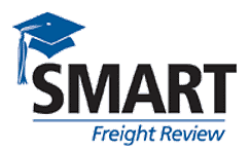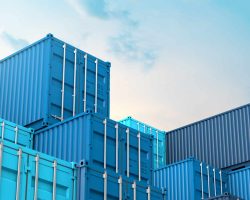A third-party logistics provider is a company that provides outsourced logistics services to a client for part or all of their supply chain management functions.
- SMART Logistics
SMART Logistics
Controlling how freight moves through your supply chain could save you thousands – or more.
Working with us means someone always asks: how can we make this shipment better?
Single-sourced trucking, customs clearance and distribution to expedite your freight shipments between the U.S.
and Canada.
SMART Freight Review
Discover new ways to save on freight costs with a free SMART Freight Review.

SMART Customs Review
How much could you save by ordering a free SMART Customs Review?
- Services

Freight
Say goodbye to one-size-fits-all logistics. We deliver freight solutions as unique as your business needs, ensuring you always get the
perfect fit.
Canadian Customs Brokerage
Enhance your customs compliance: Trust our Canadian Customs Brokerage professionals to handle your clearances swiftly and accurately.

US Customs Brokerage
Enhance your customs compliance: Trust our US Customs Brokerage professionals to handle your clearances swiftly and accurately.

Distribution
Leave the heavy lifting to us: Delivering reliable and cost-effective Warehousing and Distribution solutions tailored to your
business needs.
Trade-up
How much money could you save by taking advantage of our value-added Trade-Up logistics services?
By market:
By Industry:
- About

Client Care
Everything starts with the client.
Upholding our promises means staying true to our family values.
Meet our team
Meet the team behind our promise to deliver innovative logistics solutions and traditional family values.

Testimonials
See the difference that 75 years of logistics excellence can make in your business. Here’s what our clients
have to say.
Community Service
Logistics is more than just moving freight. It’s about fostering connections, building bridges,
and empowering communities to thrive together.
- News & Insights
- Resources
Resources
Customs Brokerage
CanadaCustoms Brokerage
USAFreight
Distribution
Education
Links
- Contact
-
Search





